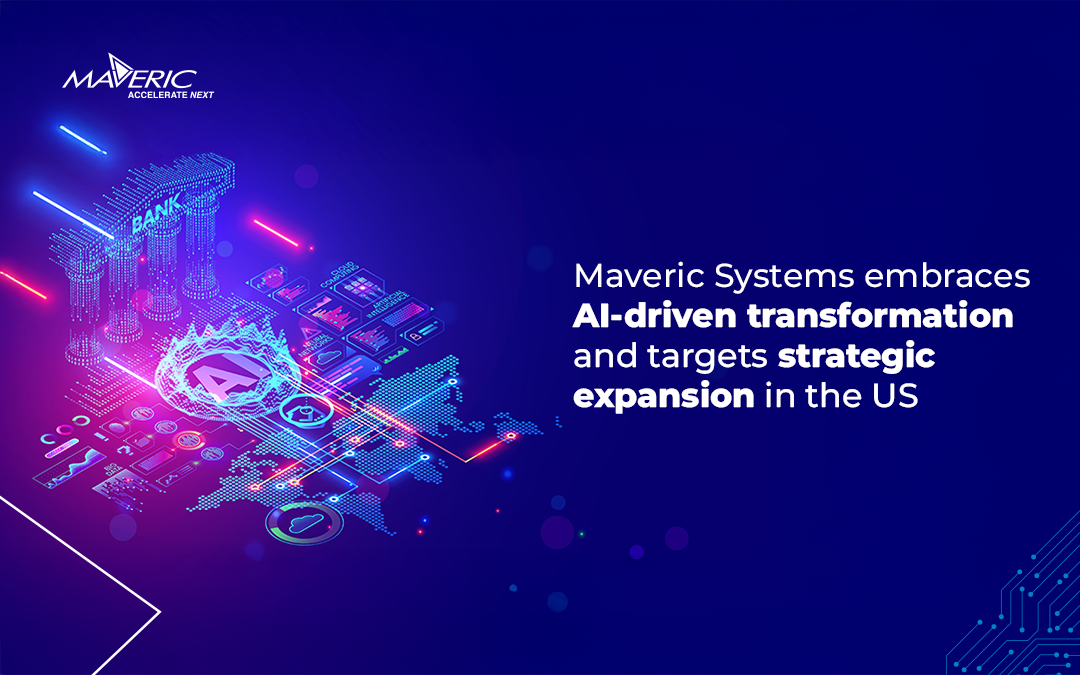Many businesses have grown their agile-enabled units at a fast rate. But speed is only the start. How people work will need to be expanded quickly to determine digital’s actual value. There are risks to making such a significant change, but in the digital world, staying the same is the most considerable risk of all.
Digitization is suitable for most businesses, so they don’t need to be sold. Research from McKinsey shows that companies have high goals: in the next three to five years, they want digital initiatives to lead to growth and cost savings of 5 to 10 percent or more each year.
The Challenge of Scaling Digital
It’s hard to set up the tools to digitize at a large scale. Because digital touches so many parts of an organization, any extensive digital program needs to coordinate people and technologies in a way that has never been done before.
For example, a strategy to increase revenue from high-value customer segments needs analytics-based insights into which buying journeys generate the most value, a clear vision, a plan for capturing that value, and technologies and tools to digitize customer interactions.
The Three Pillars of Digital Transformation
Strategy, Strategy, Strategy. While a sector’s digital maturity influences how an organization acts, most approaches fall into one of the following.
- Incumbents and market leaders do things to protect and take advantage of their current business models and advantages.
- Market upstarts and challengers use their existing assets to improve their business model and customer relationships. They focus on building the skills they need to move quickly into new markets once they have been found.
- Digital adopters use the benefits of digital to compete in existing markets and even change their business models.
- Digital natives enter new markets and change how to compete based on price, experience, or product.
- Finally, some orbit-shifters shape ecosystems by setting the rules that define the competitive landscape and recast whole value chains.
Digitizing processes have less to do with technology and how companies approach development.
Digital leaders drive value quickly by focusing on small but essential solutions targeting large-value CX journeys and expectations. This is more than automating something that is already being done. When a business goes digital, it often has to rethink its entire business process to strive for higher optimization and remove redundancies.
The People Organization
Companies know that models that are rigid and move slowly no longer work. The challenge is moving toward a more agile, flexible, and collaborative structure while keeping the rest of the business running smoothly. Successful incumbents become more flexible by making things easier.
They let structure follow the strategy and align the organization around their customer goals, focusing on fast, project-based systems owned by working groups with different expertise, from research to finance.
Getting a clear picture of the company’s “Digital Quotient” is an essential first step in identifying its digital strengths and weaknesses and identifying management practices that can improve financial performance.
Leading companies today have incubators to prototype the early stages of a digital transformation to build up their skills. But these skills need to be built into the central business to succeed.
The saying “what gets measured gets managed” is still valid regardless of the business’s model. Metrics that focus on the customer journey, like customer lifetime value, omnichannel behavior, and share of influence across stages of the decision journey, are essential to the most successful digital companies.
The Technology that Transforms
Most legacy companies have traversed through multiple phases of IT transformation in the past and know that updating legacy architecture takes years. But today’s changing market needs technology that can speed up innovation, automation, and personalization.
So, the best companies are moving to an IT model with speeds that allows them to make programs for customers quickly and make changes to their core systems, which are meant to be stable and manage data well, more slowly.
This usually means that high-speed IT teams are in charge of quickly iterating software, installing updates in beta, fixing bugs and kinks in almost real-time, and installing the software again. They aim to keep adding to a fast development infrastructure that can support near-instant deployment across channels and real-time decision-making.
Additionally, recent DevOps improvements ensure that continuous delivery makes it possible to speed up time to market and cut costs dramatically.
Conclusion
The Way of the Digital, Digital transformation takes time and comprises steps that are sometimes evolutionary and sometimes disruptive. Digital transformation has been called a journey by everyone who has been a part of it.
Usually, companies start by improving their IT and digitizing their operations. Then they move on to digital marketing and building new business. But all three pillars are essential for digital transformation so that they may happen in a different order.
The key to success is understanding that digital transformation is not just one thing but many different things. Having the right leader, resources, and ways to measure success are all the right notes a company must hit as part of its journey.










